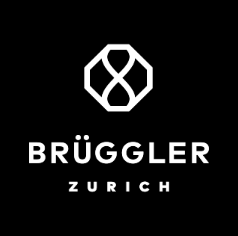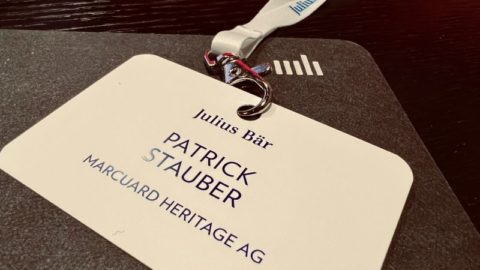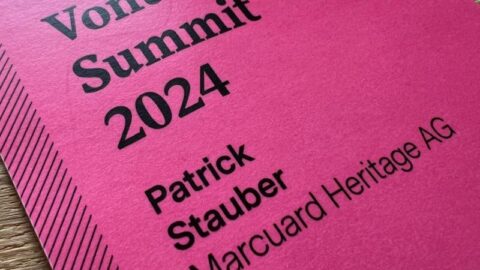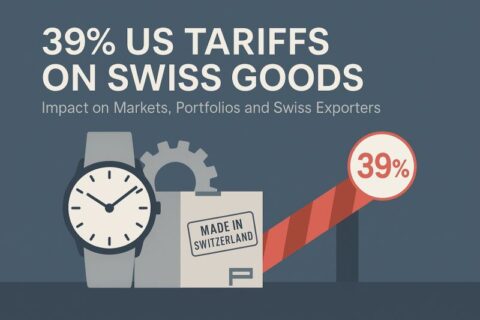“Eigene Produkte sind besser - sie erfüllen die internen Standards, und wir kontrollieren das Risiko". Er hatte nicht unrecht. Interne Lösungen stimmen Struktur, Konsistenz und Risikomanagement mit den Rahmenbedingungen der Banken ab und bieten ein Gefühl der Sicherheit.
Die Dynamik ändert sich jedoch, wenn man sich in den unabhängigen Raum begibt, insbesondere in einen Externer Vermögensverwalter (EAM).
Eine offene Architektur klingt attraktiv: breiterer Zugang, mehr Flexibilität, maßgeschneiderte Lösungen. Doch ohne die richtigen Investitionen, die richtige Verwaltung und das richtige Humankapital kann sie zu einer Belastung werden.
Keine einzelne Person (oder sogar zwei) kann das gesamte Spektrum des heutigen Anlageuniversums beherrschen. Von thematischen Investitionen bis hin zu Privatmärkten - die Komplexität erfordert ein hohes Maß an Fachwissen, Prozessen und Aufsicht.
Wichtige Fragen vor dem Umzug
Bevor sie also den Sprung wagen, sollten sich die Kundenbetreuer fragen: - Wer trifft die Investitionsentscheidungen? - Gibt es eine formale Investition Ausschuss? - Wie werden die Produkte beschafft, bewertet und überwacht? - Besteht absolute Unabhängigkeit oder nur ein Flickenteppich von Präferenzen?
Entscheidend ist, dass die meisten EAMs keinen Anreiz haben, Produkte zu bewerben. Das ist eine Stärke - wenn es mit soliden Investitionsmöglichkeiten einhergeht.
Es geht nicht um Zugang - es geht um Integrität
Wir sind keine Produktvermittler. Wir sind Vermögensverwalter und müssen mit Freiheit und Verantwortung im besten Interesse unserer Kunden handeln.
Unterm Strich: Offene Plattformen funktionieren nur, wenn sie von einer professionellen Infrastruktur unterstützt werden. Wenn Sie den Wechsel zu einer EAMwerfen Sie bitte einen Blick darauf. Die Marke mag unabhängig sein, aber ist das Investitionsteam auch wirklich solide?
Wählen Sie mit Bedacht. Vertrauen basiert auf mehr als nur Zugang.
Quelle: LinkedIn







